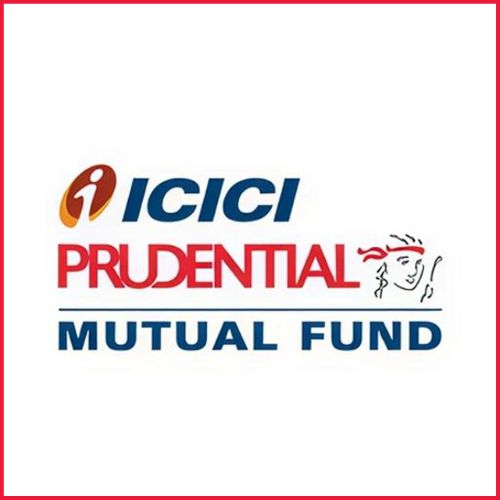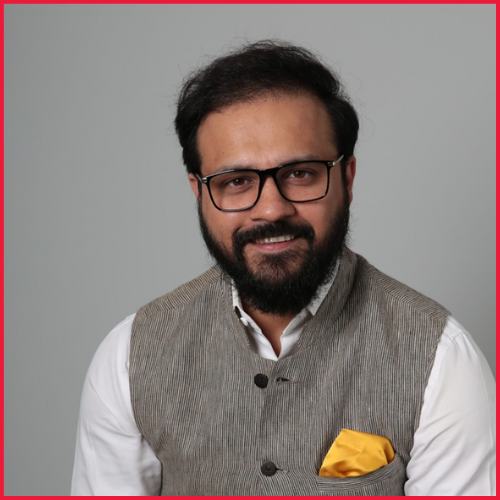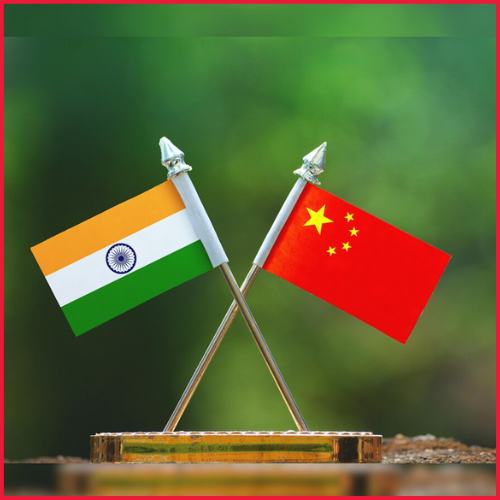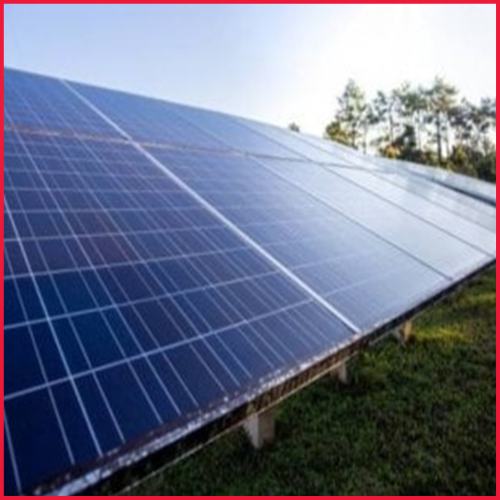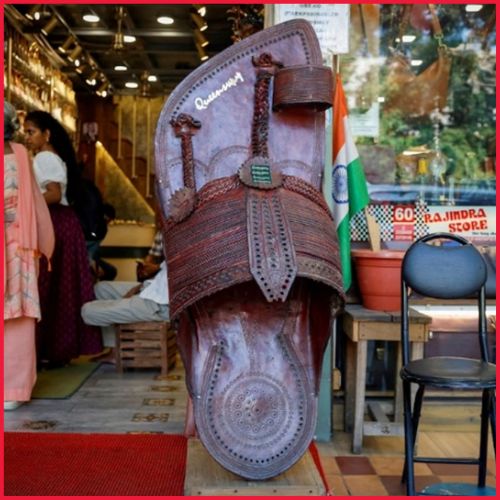According to an Ericsson estimate, as many as 31 million customers in India are anticipated to switch to 5G phones by 2023, as the country’s adoption of ultra-high-speed services accelerates.
5G, the most recent mobile network technology, offers enhanced speed and capacity, reduced latency, and more dependability. Its deployment is expected to cause a revolution in a variety of areas, including healthcare, education, transportation, and others.
With its high-speed internet, 5G offers smooth streaming of high-quality films, quicker downloads, and simultaneous connection of many devices. It also enables remote surgery, autonomous driving, and real-time medical data transfer.
However, several technological, ethical, and legal challenges must be addressed. Finally, 5G can revolutionize our lives and work practices.
In terms of everyday app use, 5G users in India exceed their worldwide counterparts.
In India, 5G is accessible. On October 1, 2022, Prime Minister Narendra Modi introduced 5G services in India. 200,000 sites encompassing 700 districts were placed within eight months after the debut.
In India, Airtel and Jio are the only mobile companies with 5G networks. They provide 5G services in more than 8,000 Indian cities.
Jio 5G service is now accessible in the following cities: Delhi, Varanasi, Nagpur, Bangalore, Hyderabad, Mumbai, Chennai, and Siliguri.
Jio 5G operates at speeds of up to 1Gbps, making it the fastest internet service provider in India.
India has the world’s second-biggest 5G network. The government has made steps to speed up the implementation by streamlining clearance and permit processes.
According to Ericsson Consumer Lab’s Global Survey, 5G has increased overall network satisfaction in India by an “impressive” 30% compared to 4G.
“According to the study, based on tech attitudes and affordability, 31 million users could upgrade to 5G phones in 2023. This presents a vast opportunity for further 5G adoption in the country,” it said.
5G users in India are notable for frequently used applications such as streaming high-definition video, video calling services, mobile gaming, and augmented reality.
On average, they spend two hours more each week utilizing these services than customers in other early adopter 5G markets such as the United States, the United Kingdom, South Korea, China, and many more.
“Moreover, India’s 5G satisfaction levels and perceived 5G availability match or surpass those in early adopter markets. India boasts a remarkable 13 percent higher share of delighted 5G users compared to the early adopter market average,” it said.









